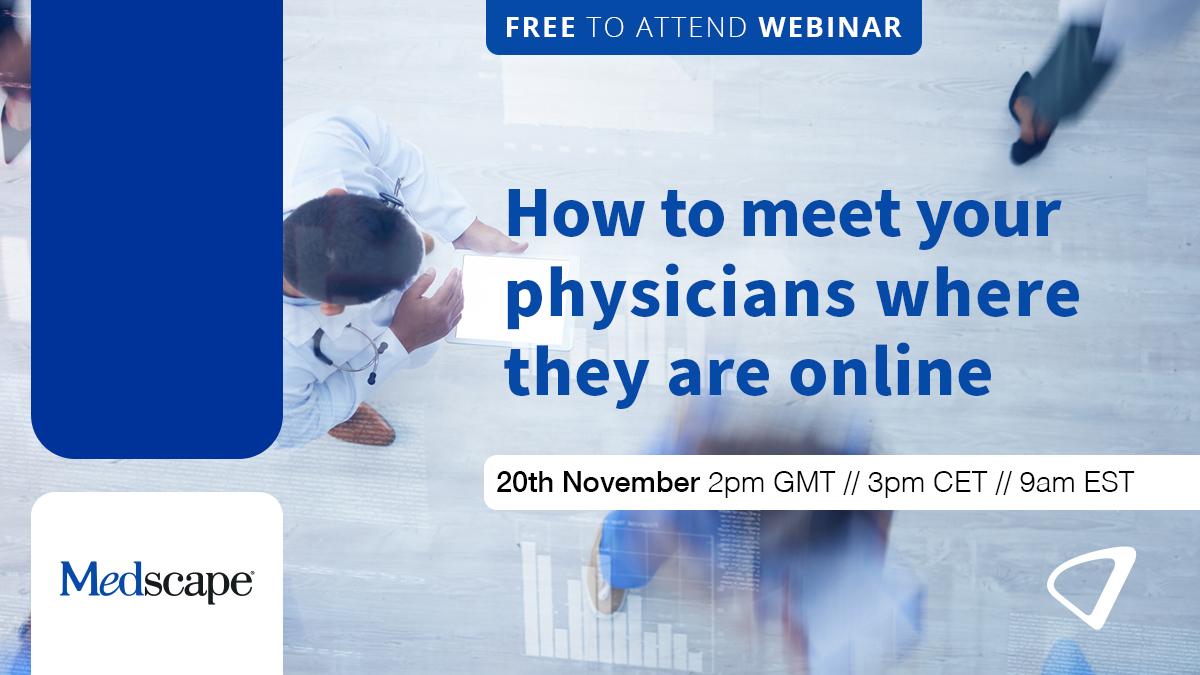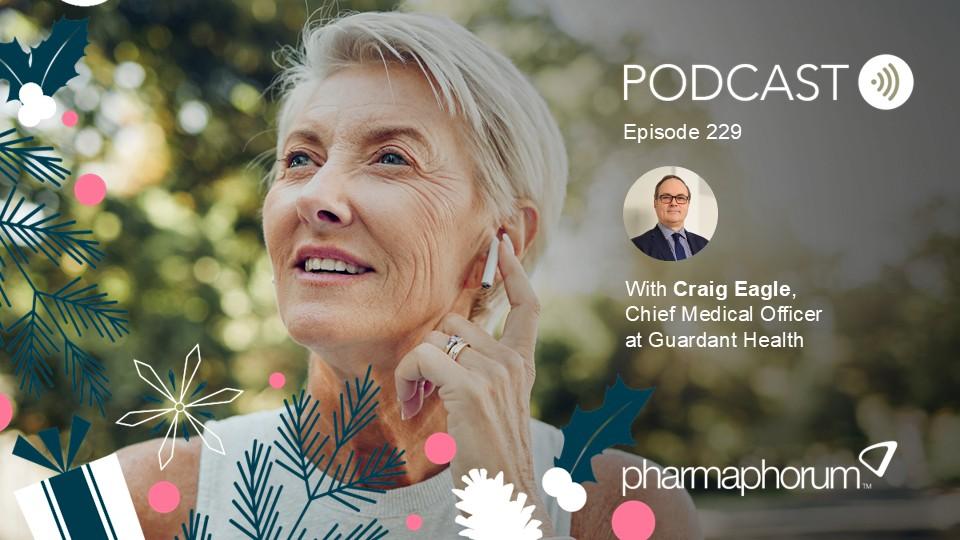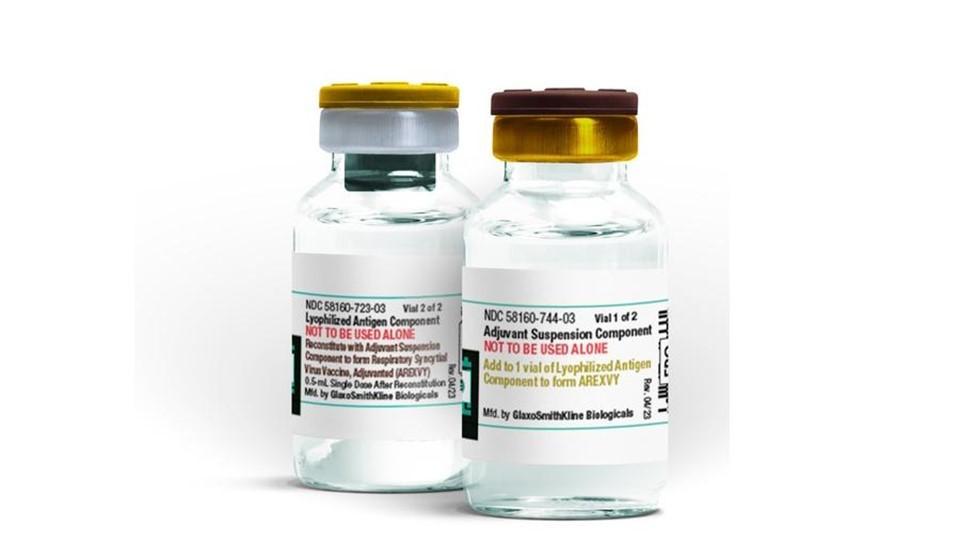Why frictionless digital experiences feel better, and build trust in pharma

Digital interactions increasingly shape how we engage with brands, yet the ones that leave the strongest impression often do so by being almost invisible.
Think about the last time you used a truly seamless digital product. You probably didn’t think about the design, the loading time, or how to navigate. You just did what you needed to do and moved on, feeling informed, reassured, or even quietly impressed.
That’s the hallmark of frictionless digital experience: you don’t notice it, but you remember how it made you feel. In the pharma sector, where the stakes are high and trust is hard-won, that feeling matters more than ever.
Trust isn’t declared. It’s felt.
In pharma, we talk a lot about compliance, content accuracy, and regulatory frameworks – and rightly so. But healthcare professionals’ and patients’ trust are quietly being built or eroded with every click, scroll, and interaction. A digital experience that respects your time, anticipates your needs, and works without friction creates a sense of competence and confidence. It says: this brand understands me, values my time, and can be relied on.
This emotional response is critical, especially for HCPs working under pressure, and for patients who may be anxious or overwhelmed when engaging with your digital tools.
What friction feels like
Friction isn’t just about clunky design or slow loading. It’s emotional. It’s the frustration of being asked to log in multiple times. It’s the confusion of landing on a site with disconnected content or messaging. It’s the erosion of confidence when a support tool doesn’t behave as expected during a moment of need.
By contrast, seamless experiences help people feel in control. They reduce stress. They create space for focus, clarity, and action – whether that’s prescribing the right treatment, understanding side effects, or accessing support. They earn trust not by claiming it, but by demonstrating it.
Competing in a consumer-grade world
Digital tools and apps in pharma aren’t only being compared to other pharma brands. They are being held against the experience standards set by tech leaders such as Apple, Amazon, and Spotify. These platforms have raised expectations across the board. HCPs and patients don’t lower those expectations simply because your organisation operates in a regulated space.
That doesn’t mean the pharma sector needs to mimic consumer apps. It means applying the same principles – clarity, consistency, responsiveness – in ways that are appropriate, compliant, and genuinely helpful. That could be a self-service portal that adapts to an HCP’s preferences and specialism, or a patient app that simplifies treatment tracking without overwhelming them.
The cost of friction
Often, the impact of friction isn’t obvious. Users don’t always complain. They disengage. A form isn’t submitted. A visit isn’t repeated. A resource is overlooked. These moments add up to missed opportunities – not just for conversion, but for connection.
Many of these issues stem from decisions made in isolation, without adequate research. Content and design are often developed separately, and user journeys are untested. Or assumptions are carried forward without challenge.
Seamless doesn’t mean simple
Frictionless doesn’t mean featureless. Some of the most powerful digital tools are complex in what they do, but still feel intuitive to use. Every element deserves its place, and the experience is coherent and responsive as a result. Clear intent, cross-functional collaboration, and ongoing refinement must be a central part of the design and build process.
When users feel supported, business outcomes improve too – from engagement and data capture to repeat visits and long-term value. Seamless experiences built with empathy perform better because they better meet the needs of end users.
Where to focus
If you’re looking to reduce friction in your digital products or services, here are four areas to start:
- Map the emotional experience, not just the journey: Look at your user flows through the lens of how they make people feel. Where are the moments of hesitation, frustration, or overwhelming cognitive load?
- Design with trust in mind: Think beyond functionality. Ask, does this interaction build confidence? Does it respect the user’s time and context?
- Test early and often: Co-create with HCPs and patients, and test regularly. Don’t wait until launch to gather feedback or assess emotional impact.
- Align your teams: Friction often arises from misalignment. Marketing, digital, medical, and tech teams need to share a clear view of what the experience should achieve – and how it should feel for the user.
When digital experiences are working well, they often fade into the background. But the feeling they leave behind – of clarity, ease, and confidence - sticks.
In a sector where trust is critical, and attention is limited, that feeling matters. Frictionless design isn’t just about aesthetics or performance. It’s about creating digital experiences that are clear, credible, and human. When you get that right, you don’t just improve engagement, you earn trust.













